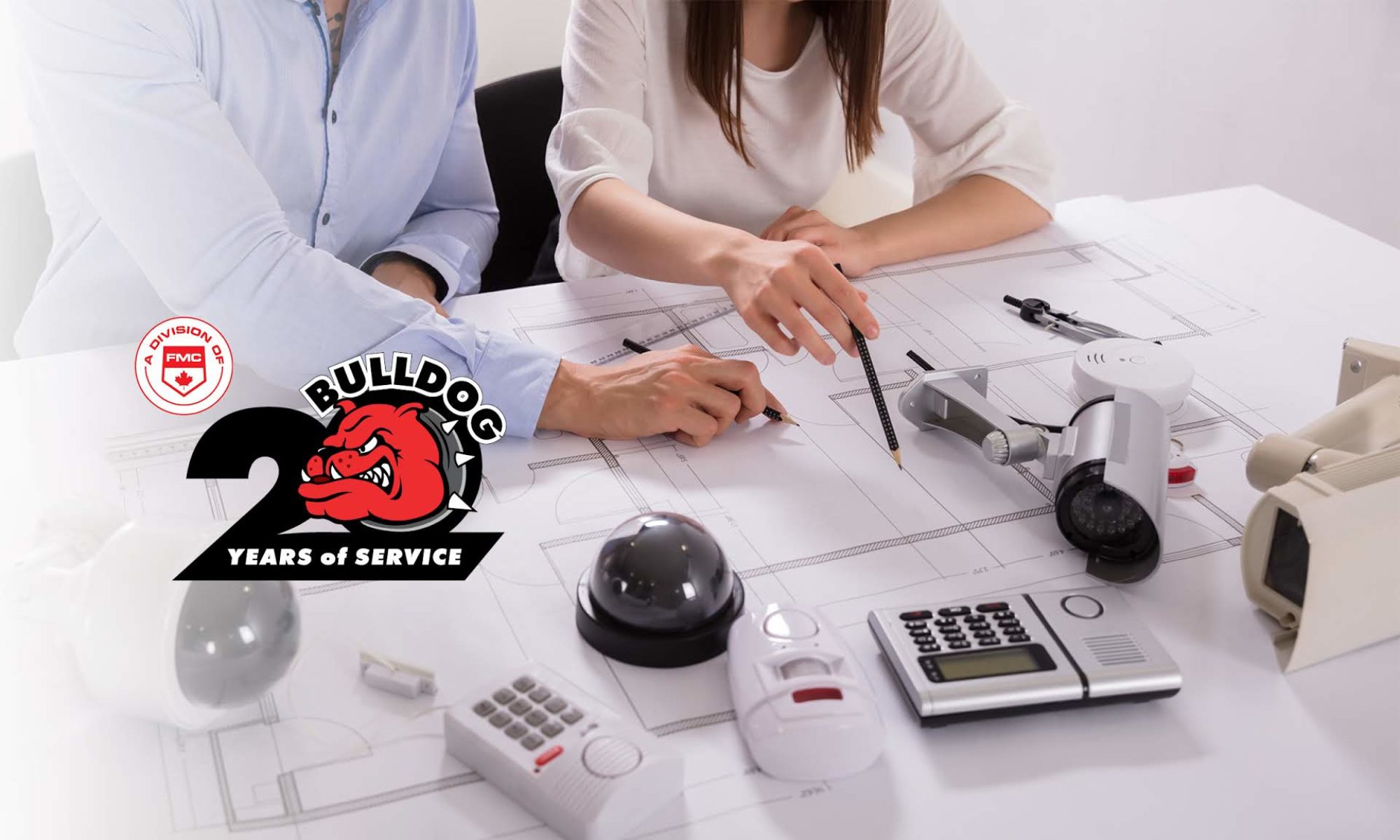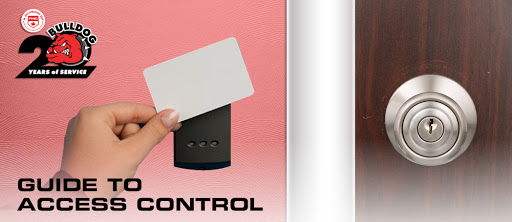What is Access Control?
Access control is a term used to describe any technique used to control movement into or out of an area. Even something as simple as a lock and key can be described as access control because it’s controlling someone’s access to a specific area. Like most things in the security industry, access control has evolved to the electronic based systems commonly found in buildings today. Historically, access control has been primarily used for exterior doors to buildings, but today’s access control systems are scalable to support as many doors and entry-points as you may need.
Access Control is useful in mitigating unwanted visitors gaining entrance to your premises, but it’s also helpful in recording personnel traffic, such as staff and guests. This is particularly important if you are a business that has employees with different security clearance levels. An access control system can ensure that only those authorized for particular locations are able to gain entry.

Benefits of Access Control
1. Maintain Security of your Sites
Whether you have experienced theft at your facility or not, it’s undeniable that an unarmed site leaves you vulnerable. While you may expect this type of criminal activity from strangers, the Association of Certified Fraud Examiners reports theft of “non-cash” property – ranging from a single pencil in a supply closet to a pallet of them on the company loading dock – jumped from 10.6% in 2002 to 21% in 2018. This makes access control an absolute must have in every facility.
2. Avoid Re-keying When a Key is Lost
If a staff member loses a key to the building, the only way to ensure security is to change all of the locks. An access control system can solve this so that if a keycard is ever lost, it can be immediately removed from the system’s database and a new one can be issued. This can also be helpful if an employee leaves your company, allowing you to remove their access privileges within seconds.
3. Maintain Electronic Logs for Review After an Incident
A properly functioning access control system can keep track of who is coming and going from your facility by electronically logging entries and exits. This is a valuable tool to assist with investigating an incident after it has occurred, reviewing real-time user data, and aiding in establishing building operation efficiencies.
4. Provide Access For People Who Forget a Key
If an unexpected event comes up or an employee loses their access card and needs to enter to the building, an access control system can allow you to open the door remotely from a central terminal or mobile device. This is a great integration with a security camera system, which would allow you to visually verify the employee’s identity.
5. Secure Sensitive Information
An access control system allows you to limit access so that only specific employees with the right clearance level have access to certain areas within your building.
6. Control Access Across Multiple Properties
Many businesses have multiple locations for their facilities. An access control system can be set up to limit employees’ access to any number of buildings as may be required.
Types of Access Control
There are three key types of access control:
1. Discretionary Access Control
Is a method of limiting access based on the identity of the user or their membership in certain groups. This is most commonly found in computer access, where mechanisms are determined by a user login and password. It’s called discretionary because the control of access is based on the discretion of the building owner or operator.
2. Mandatory Access Control
Secures information by assigning sensitivity labels on information and comparing this to the level of sensitivity a user is operating at. The system is making the access control decisions by matching clearance with the classification of the object. This is often used in government and military security applications.
3. Role-Based Access Control
Provides access based on an individual’s role and responsibilities within the organization. Role-based access control is policy neutral and allows access based on role permissions. For example, only staff in the IT department have access to the server room.
Each of these types utilize different components to achieve their goal of regulating who can and who cannot access your building.
More Resources
Learn More

For 20 years, Bulldog Fire and Security has been an expert in Access Control Systems installation, having installed a variety of systems in numerous applications across Southwestern, Ontario.
To learn more about Access Control Systems and the role they can play in your building’s security, call us at 1 866 670 1590, email info@bulldogsecurity.ca, or fill out the contact form below.

